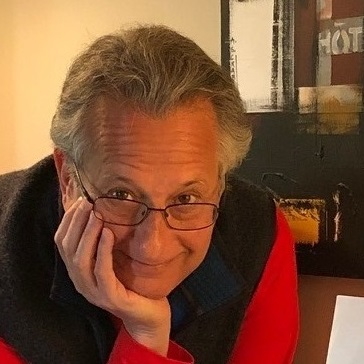DNA is one of the greatest medical discoveries ever. Using the tools of contemporary genetics, physicians and scientists can explore the building blocks of life — the recipe for an oak tree, for a jellyfish, or for you — in minute detail.
But this intimate tool is fraught with ethical conundrums. Is your DNA someone’s property? If so, whose? To what purposes can it be put? Under which circumstances? By whom?
Direct-to-consumer testing services like 23andMe and Ancestry.com have become popular tools for learning about one’s medical risks and genealogy. Typically, tests involve spitting saliva into a pouch and mailing it off to the testing company. There, lab technicians analyze your DNA and send you the results.
Ancestry.com, for example, has enabled 10 million people to learn much about their genetic backgrounds — where their ancestors came from, for example. Many who would like to learn the insights of genetic testing hesitate to do so because of questions like: Who will have access to my genomic data? What will outsiders be able to do with my data? Can employers discriminate against me if I face a genetic risk?
“George Doe,” a pseudonymous American biologist, wrote, “With Genetic Testing, I Gave My Parents the Gift of Divorce.” Doe had taken the test and gave kits to his parents for fun. The genealogical information provided by 23andMe revealed that Doe had a half-sibling — the result of his father’s long-ago affair with someone other than Doe’s mother. The information shattered his parents’ marriage.
Such risks aren’t limited to contemporaries. DNA testing famously revealed that Sally Hemings, a slave owned by Thomas Jefferson, was the mother of children whose father was either Jefferson himself or a close relative of his.
But the conundrums extend beyond familial matters. 23andMe originally provided consumers with genetic risk factor information on several hundred medical conditions. But some questioned whether consumers are prepared, intellectually or emotionally, to digest such information — and whether the company’s materials were up to the task of adequately educating consumers.
In 2013, for several reasons, the Food and Drug Administration prohibited the company from providing consumers with this genetic risk information, thereby limiting the company to genealogical services. In 2017, the FDA allowed the company to resume its service of providing genetic risk information, but only for a few conditions.
Individuals, too, feel the moral weight of genetic knowledge. For example, those who inherit the gene for Huntington’s Chorea — a degenerative nerve disease — can know with considerable precision the age at which they will die.
Decades ago, I regularly encountered a pleasant woman in the elevator of our apartment building. Years later, I learned that she had been a pioneer in research about Huntington’s — and the daughter of a Huntington’s sufferer. Thanks in part to her work, it became possible to test people for the gene. She writes and speaks extensively on the pros and cons of taking the test and knowing one’s ultimate fate. (I believe she declined to take the test, preferring to live her life without that certain knowledge.)
Questions about DNA extend farther back than Francis Crick’s and James Watson’s discovery of the double-helix nature of DNA. A dramatic example is provided in the book “The Immortal Life of Henrietta Lacks,” by Rebecca Skloot. The book tells a remarkable story of genetics and biology, 1950s racial discrimination, evolving medical ethics, dysfunctional families and journalism itself.
Lacks was an African-American cancer patient and mother in Jim Crow Baltimore in 1951. At Johns Hopkins Hospital, as she lay unconscious, a physician cut a small sample of Lacks’ cervical tumor for a culture specimen. No permission was given by the unconscious patient or her family — an action violating no ethical standards of the time.
While most tissue from most people has a finite life, Lacks’ proved “immortal.” Sixty-eight years later, her cells (called “HeLa” cells) are still replicating in labs around the world — and even in outer space. Billions of dollars in innovations were built atop her cells.
Long after her death, Lacks’ family learned all this information. They asked who owns her DNA, who can profit by it, what can be done with it.
These questions will keep lawmakers, regulators and others busy for decades.


